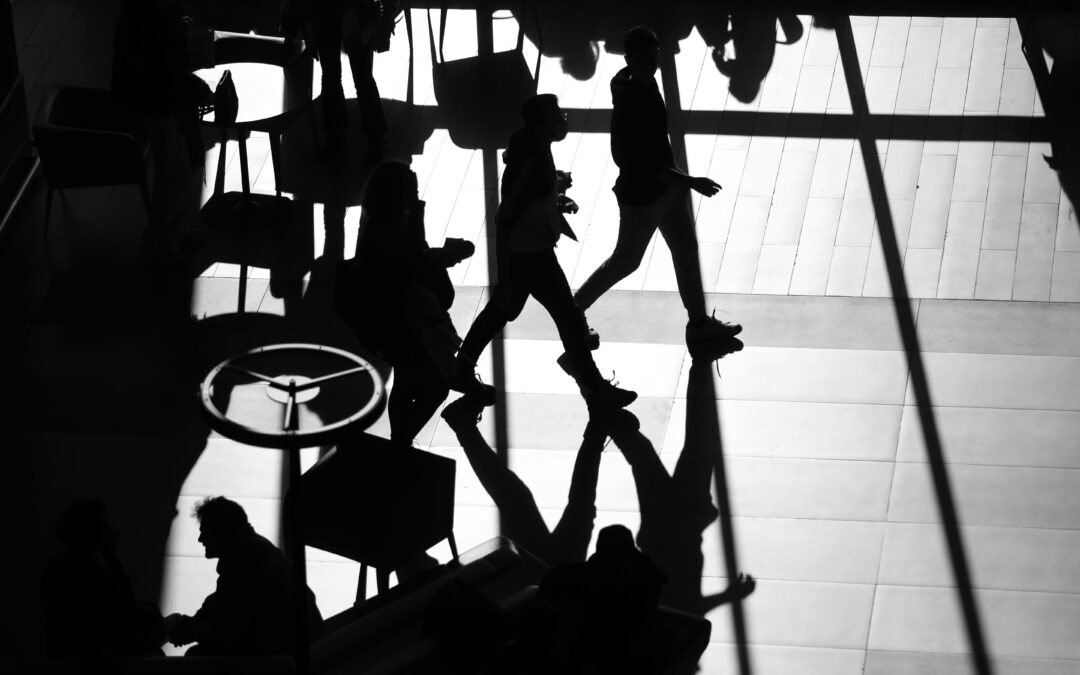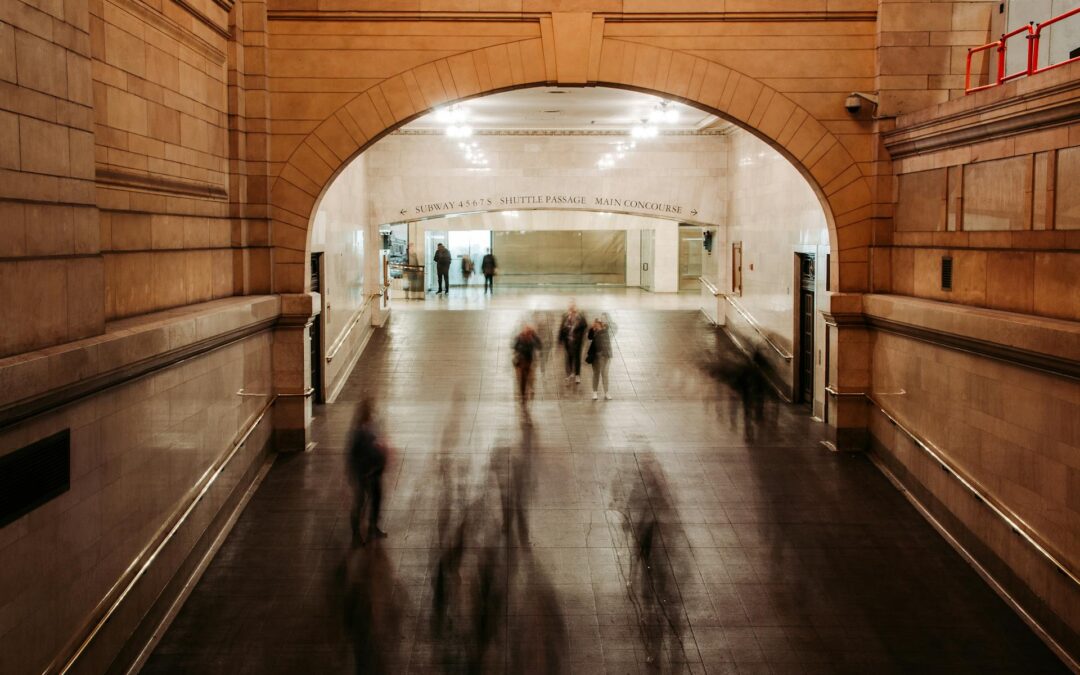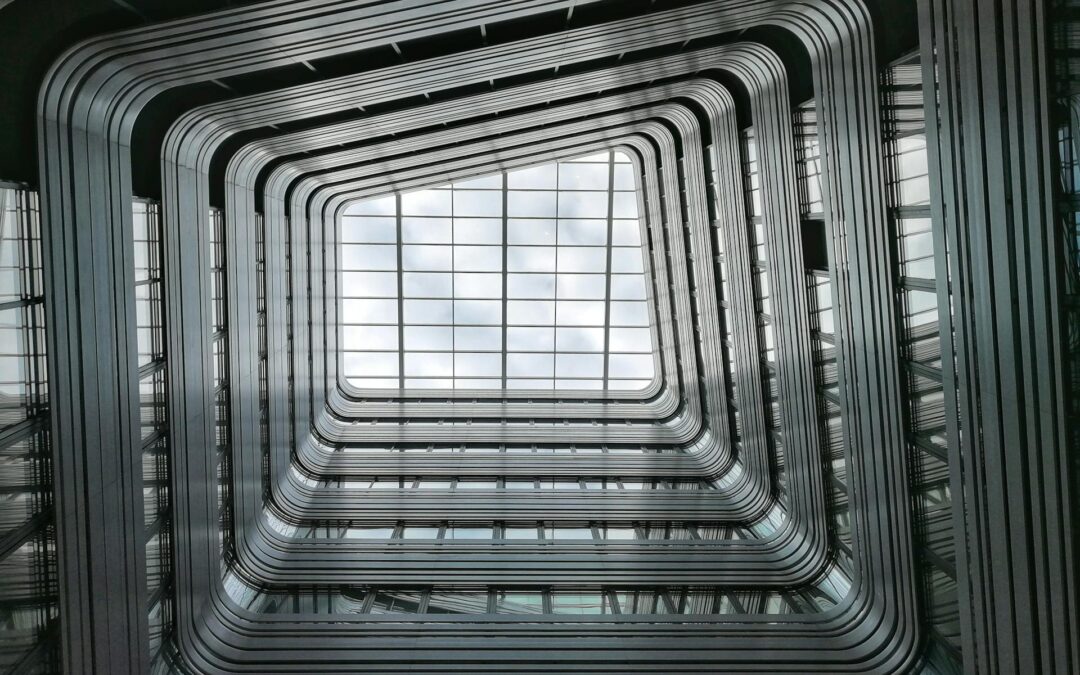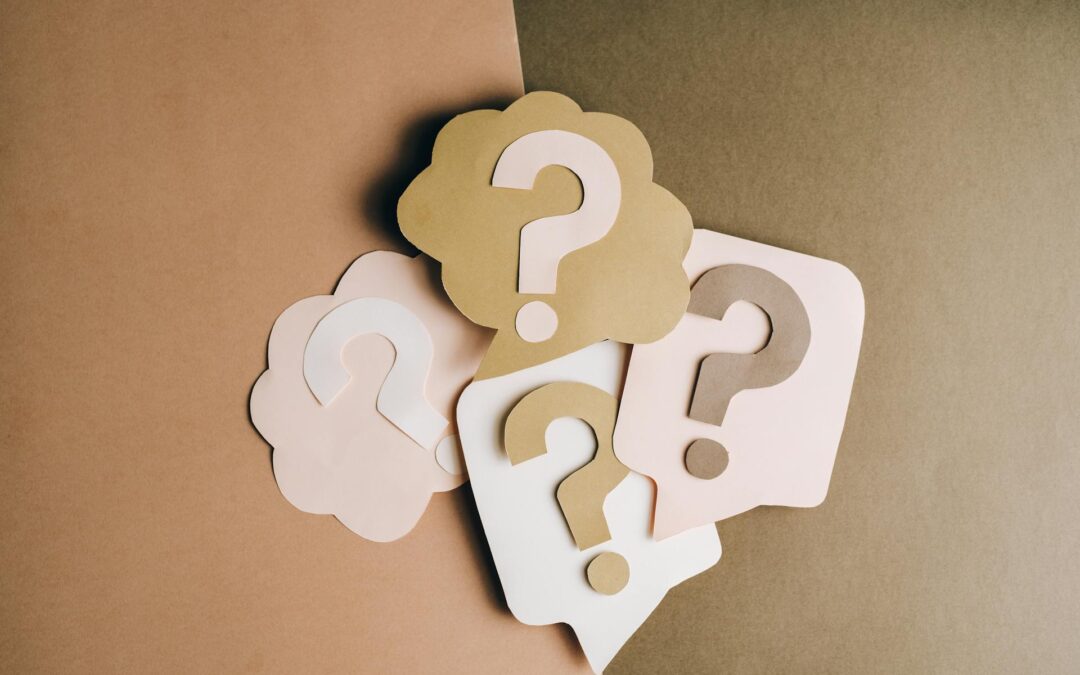How do we capture the diversity of our research infrastructure?

💡Professor Jane Winters, Director of the Digital Humanities Research Hub at the School of Advanced Study, explores the challenges of identifying, classifying and quantifying our arts and humanities research landscape.
According to UK Research and Innovation (UKRI), sustained success in research and innovation is underpinned by ‘internationally competitive, high-quality and accessible … infrastructure’.
This might be physical, for example labs and maker spaces; concerned with knowledge production and dissemination, including library and archive collections; involve people and expertise; or consist of digital resources and networks, such as high performance computing facilities.
This diversity of type and scale makes it hard systematically to capture the vital infrastructure that supports arts and humanities research in the UK. But it is essential that we do so.
As Tao Chang, the Head of Infrastructure at the Arts and Humanities Research Council (AHRC) notes, as of 2021 ‘arts and humanities research and innovation infrastructures make up 29% of all UKRI infrastructures’.
This is quite apart from the infrastructures that are supported locally by higher education institutions, commercial organisations and others. This is significant investment that enables researchers across the UK to generate new ideas, build new networks, create new products and add to existing knowledge.
The visibility of research infrastructure varies depending on your vantage point (are you working on 13th-century manuscripts held in a national archive or are you building 3D models of ancient Roman drinking vessels?); on its type (a library reading room or a data centre located in a different country); and on the resources it commands (a national centre with a large budget or a small collaborative working space running on a shoestring).
The language used to describe infrastructure can aid discovery but it can also obscure. What is the difference between a centre, a hub, a cluster, a theme, a space, a network, a collective? What is being conveyed by the choice of name and how do these decisions shape our understandings of what does and does not count as infrastructure? Diversity is a huge strength, but it brings problems of description and explicability.
The question of how to identify, classify and quantify the vital and vibrant arts and humanities infrastructure landscape is at the heart of the Mapping the Humanities project. There are many types of infrastructure to be captured – too many to include in a single pilot project – but one area of focus will be the infrastructure that supports digital research and scholarship.
Much of this is of long standing, like the Archaeology Data Service that was founded in 1996, but digital infrastructure is also subject to particularly rapid evolution, expansion and innovation. This is visible in the recent investment from the UKRI infrastructure programme in iDAH, led by the AHRC, which will ‘build a national infrastructure for digital innovation and curation for arts and humanities’.
The results are already becoming apparent in, to take one example, funding for a network of trusted data repositories. Smaller-scale initiatives, such as Virtual Reading Rooms that allow special collections to be opened up for remote consultation, are also changing research practice and lowering barriers to access. Labs and other collaborative, creative spaces are transforming project dynamics and possibilities. The MakerSpace in the University of London Senate House has catalysed new projects and initiatives, including a series of activities focused on the ethics of 3D practices of cultural heritage.
There are many other such examples across the UK, and this project aims to celebrate their importance, acknowledge their contribution and make them visible. Effective, accessible and discoverable infrastructure will enable UK researchers to meet the challenges of the digital age.
Professor Jane Winters is Director of the Digital Humanities Research Hub at the School of Advanced Study, University of London.

Introducing the Knowledge Diplomacy Mapping Initiative
The Knowledge Diplomacy Mapping Initiative (KDMI), a new collaboration from the Knowledge...

Law and the Humanities: A Disciplinary Cartography
James Campbell (Centre for Socio-Legal Studies, Oxford) joins us on the Mapping the Arts and...

Mapping Knowledge, Building Trust: A New Phase for the Knowledge Diplomacy Project
Dr Monja Stahlberger discusses the Knowledge Diplomacy Project's new phase, launching an...

Knowledge Diplomacy Mapping Initiative FAQ
This FAQ is here to help you get the most out of the Knowledge Diplomacy Mapping Initiative. It...

Creating Living Systems Fit For Purpose: RESHAPED and the Future of Research Training
The Mapping the Arts and Humanities team sat down with SAS learning technologists Niilante...

Launching Soon: The Knowledge Diplomacy Mapping Initiative
The Knowledge Diplomacy Project (University of London Institute in Paris) and the Mapping the Arts...

Creative methods in research: how innovative arts-led approaches are driving changes across law, policing, and the humanities
Creative and arts-led methods are currently gaining ground in socio-legal and humanities research,...

Introducing LHub’s Law and the Humanities Map
This blog post shares key findings from recent focus groups on LHub’s Law and the Humanities Map....

LHub’s Law and the Humanities Map – FAQ
This FAQ is here to help you get the most out of the Law and the Humanities Map. It covers...

Mapping a Changing Humanities Sector: Towards New Practices and Shared Futures
The Mapping the Arts and Humanities dataset is growing by the day and with it, our understanding...
Join our mailing list
Receive blogs as soon as they’re published, along with project updates and event information, plus special access to digital tools to help you make the most of the dataset.
